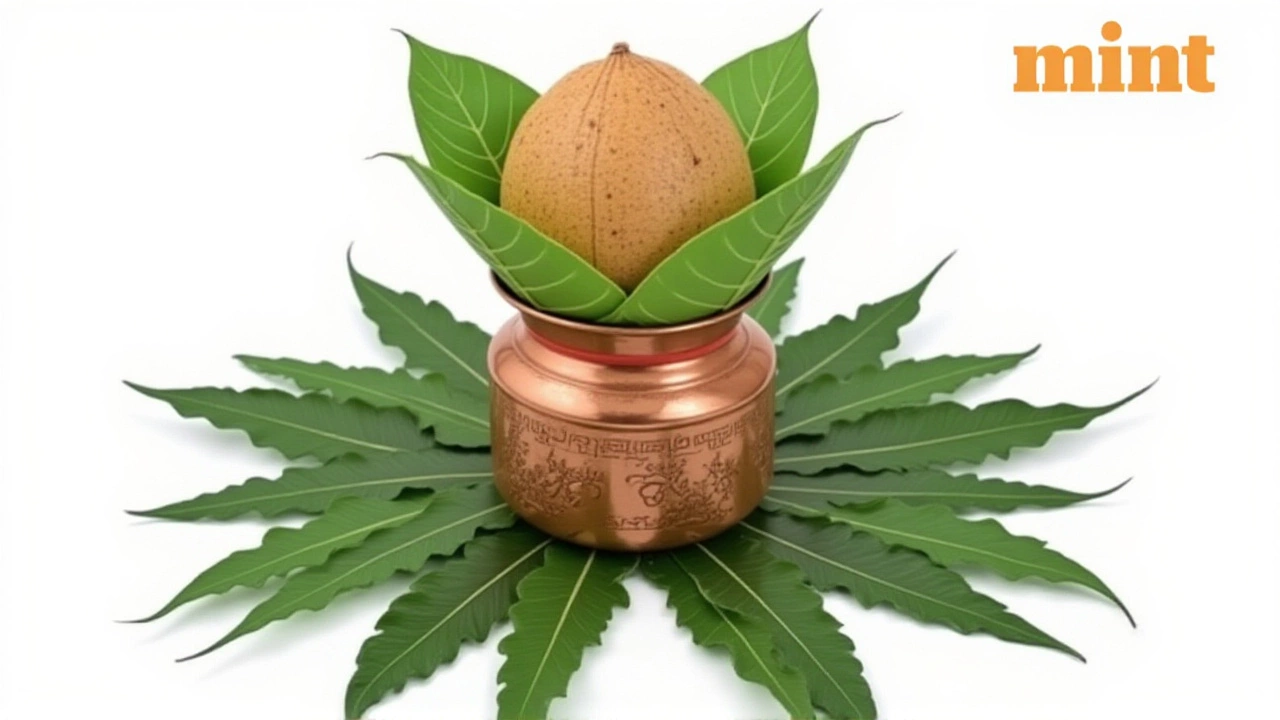Coconut Prasad: Meaning, Tradition, and Modern Uses
When working with coconut prasad, a sweet offering made from fresh coconut that is distributed after worship. Also known as coconut offering, it plays a key role in temple rituals, ceremonies performed in Hindu shrines and many festivals, seasonal celebrations such as Navratri, Pongal, and Ganesh Chaturthi. The practice links the physical act of breaking a coconut with the spiritual idea of offering one's pure heart. In simple terms, coconut prasad is the bridge between devotion and community sharing.
One important attribute of coconut prasad is its main ingredient: the coconut itself. The fruit’s hard shell symbolizes the mind, while the sweet water inside represents inner purity. When a priest or a devotee splits the coconut during a puja, the act fulfills the attribute of purification and generosity. This coconut prasad then becomes the object of distribution, turning a ritual into a tangible experience for everyone present. Because the offering is edible, it naturally encourages participants to stay, chat, and bond, turning a religious act into a social gathering.
How Coconut Prasad Connects to Other Key Entities
The concept of prasad, blessed food shared after worship extends far beyond coconut. Across India, different regions use sweets, fruits, or grains as prasad, but coconut remains a universal favorite in coastal areas. This makes coconut prasad a subtype of prasad that carries its own cultural weight. Moreover, the offering is often tied to the idea of devotional service, the act of serving the divine and the community. When believers participate in the preparation or distribution, they practice what many spiritual teachers call “seva,” a service that nurtures both personal growth and collective harmony.
Another related entity is the temple, the physical space where worship and offerings occur. Temples often have dedicated “prasad counters” where coconut prasad is prepared fresh each day. The presence of coconut prasad at a temple influences the flow of devotees, encouraging them to linger longer, talk to each other, and absorb the atmosphere. This creates a feedback loop: more visitors mean more offerings, which in turn boost the temple’s role as a community hub.
Finally, the timing of coconut prasad ties directly to major festivals, seasonal celebrations that mark religious or agricultural milestones. During Navratri, for example, devotees often break a coconut each day to honor the nine forms of the goddess. In Pongal, the harvest festival, coconut prasad is offered to thank the sun god for a good yield. These ritual patterns show that coconut prasad is not an isolated practice; it is woven into the larger tapestry of Hindu cultural life.
Below you’ll find a curated collection of articles that dive deeper into each of these angles—how coconut prasad is prepared, the symbolism behind the coconut, its role in specific festivals, and real‑world tips for incorporating it into your own worship. Whether you’re new to the tradition or looking for fresh ideas, the posts ahead will give you practical insights and inspiring stories.
Shardiya Navratri 2025: Deciding the Kalash Coconut's Fate
As Shardiya Navratri 2025 ends, families decide whether to eat or immerse the kalash coconut—guided by regional customs, scriptural advice, and expert insights.
Read more